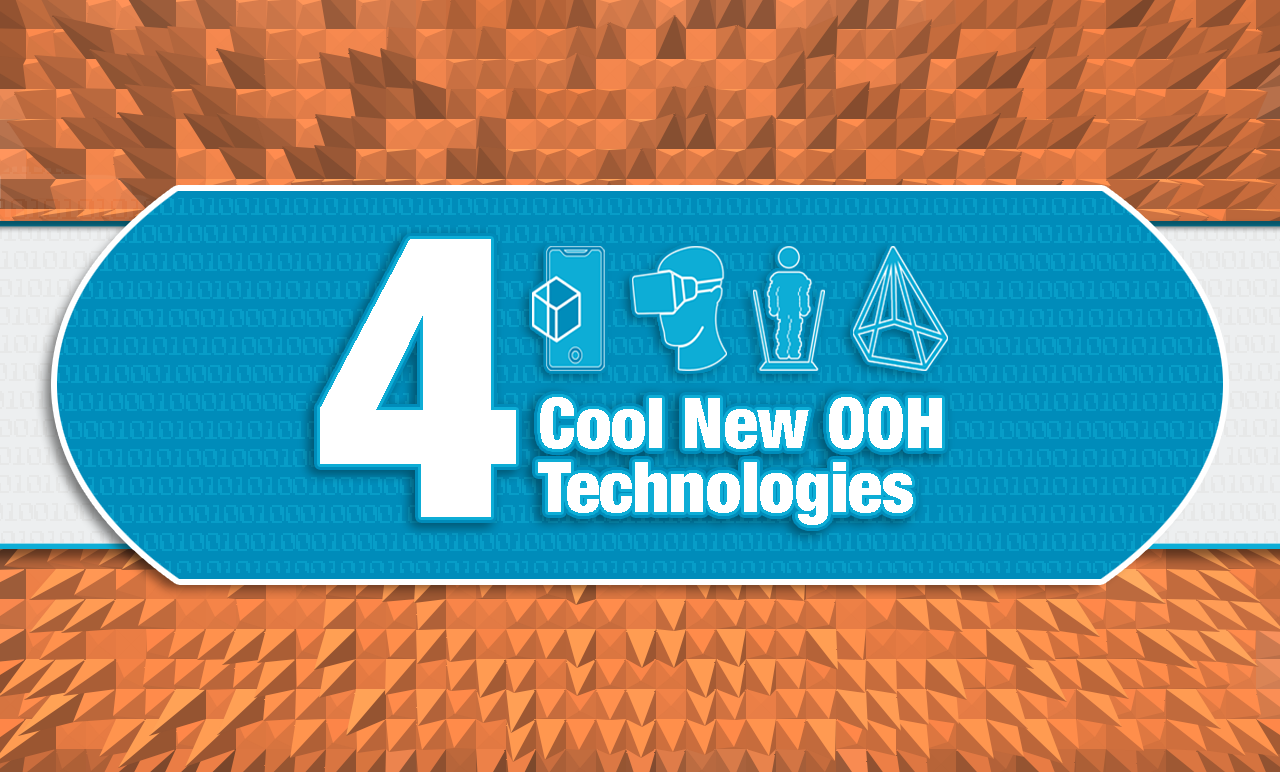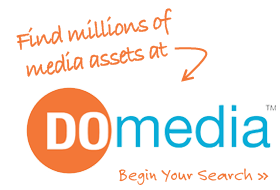
The OOH industry is one of constant innovation. New practices, businesses, and innovations are constantly changing the out-of-home market landscape. Recently there have been exciting new developments in technology that have the potential to seriously influence the future of outdoor advertising. This post will examine four of the coolest new OOH technologies and determine how they could be used and the potential impact they could have on the industry.
Augmented & Virtual Reality
Augmented reality is a technology that is already making an impact on the OOH industry. By definition, augmented reality is “a technology that superimposes a computer-generated image on a user’s view of the real world, thus providing a composite view.” As seen in the video above, augmented reality can be effectively delivered using digital OOH displays. In addition to this, augmented reality can also capitalize on the increased relevancy of smartphones in daily life. Allowing users to use their own personal devices to augment reality enables consumers to access additional information and helps marketers craft more memorable ad experiences. AR is set to seriously influence the way advertisers place ads, and the way users interact with them.
Virtual reality is further from making a true impact, it is interesting to consider it’s potential effect on the industry. Virtual reality creates entirely new realities through the use of advanced VR capable headsets. As opposed to altering our present reality the way AR does. VR is commonly used for gaming and other novelty applications, but if it ever became popular enough its OOH impact could be massive. Not only would it offer advertisers another way to reach new consumers, it would also enable them to reach these users in previously unfathomable ways, as they would no longer be limited by physical restraints. AR and VR both have the potential for future growth, but AR is closer to making a noticeable difference in the industry than VR is at the current moment.
3D Robotic Billboards
Although 3D billboards have been discussed on the DOmedia blog before, this post will focus on robotic 3D LED displays. The first board of this kind was placed in the Summer of 2017 by Coca-Cola. The ad (shown in the video above), placed in Times Square in New York City, consists of 1715 moving and 245 static LED panels. Measuring 68′ x 42′, this engineering marvel took nearly 4 years to design, fabricate, and ultimately install.
This board achieves its effect by individually moving the various LED panels on a coordinated schedule to create wavelike effects and incredibly smooth transitions. Although coca-cola pioneered the technology, 3D robotic LED displays certainly have the potential to make their way into the mainstream. Eventually, standard digital displays could be converted to be 3D compatible, as these boards can be programmed with up to a month’s worth of content and are capable of displaying stunning high-definition content. Due to their incredible ability to grab consumer’s attention and make lasting impressions, it should not come as a surprise when 3D robotic screens become commonplace in the OOH industry.
Holograms
Holograms have long played are a role in the future of OOH laid out by Hollywood directors. Recently though, these ads born on the silver screen have become reality. Holograms can now be formed using holographic prisms, water projection, and LED blade technology. All three are already used in practice, and it certainly looks like these displays are poised to play an increasingly large role within the industry. Companies like Kino-Mo and Lightvert continue to create innovations that move outdoor advertising forward and further align the present market landscape with the OOH future that Hollywood has long predicted.
Parallel Reality “Magic” Pixel
The Parallel Reality, or “Magic,” Pixel is another technology that is set to change the face of OOH. Created by Misapplied Sciences, this new pixel is capable of “simultaneously outputting a million controllable rays of many different colors.” The result of this is the creation of screens that display content to different people at different points in space.
Eventually, as developers further innovate this technology, marketers might be able to target users according to individual needs and interests even in public spaces. For example, “directions could be customized on road signs to accommodate a drivers destination” or daily news displayed in a hotel lobby could be differentiated by user’s interests. The parallel reality “magic” pixel isn’t ready to go mainstream just yet, but when it does it will be interesting to see the ways it changes the industry and measures the impact it has on consumers.




